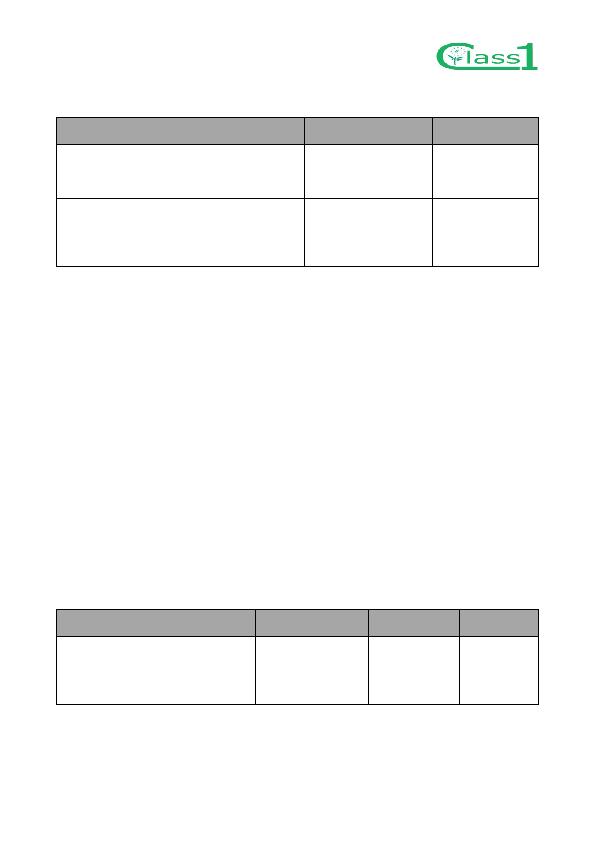
assessment of the indoor climate last summer and last winter
written/oral information
information
maintenance plan for the house?
Q2 Did you or others in the household receive
information on how the heating system works?
48/41
45
information on how the ventilation system works?
Q4 Did you or others in the household receive
information on how to ensure a good indoor
climate?
11/18
29
occupants were asked about behaviour in relation to regulation of their indoor climate and practice of
opening windows.
automatic regulation of the indoor climate in your home?", 36% of the occupants answered yes. They
specified that they were dissatisfied due to a high temperature during the summer. On another broad
question "Are there typical situations or moments when you are not satisfied with your personal regulation
options?", 43% of respondents answered yes. Most occupants specified that they could not maintain a
comfortable temperature (it was too warm) in the summer, and some were not satisfied with the slow
temperature regulation, and that it was difficult/complicated to regulate the temperature and that they
would like to have solar shading. The dissatisfaction was in some cases related to a floor heating system that
reacted relatively slowly.
regulation of the room temperature, ventilation and solar shading over the year, see Table 19.
solar shading
shading
and adjust the following?
3.2
2.6
3.0
For Q1, there was a big variation in occupant's perceived ability to regulate and adjust the three parameters,
since there were answers at all 5 levels on the 5-point scale. Generally, the assessments were on the positive